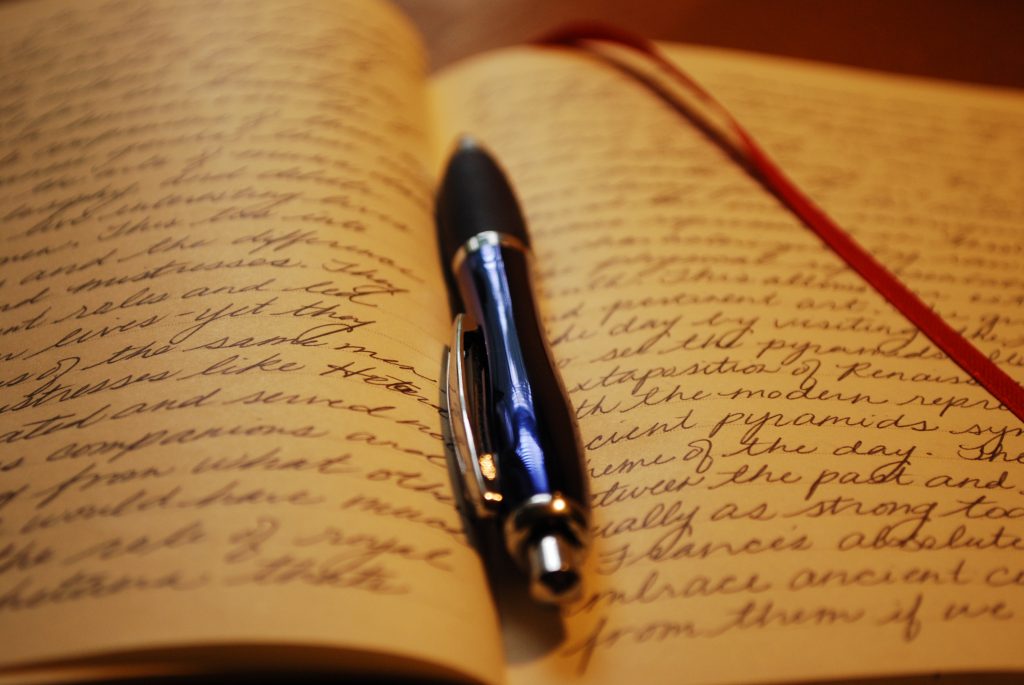For many years I have kept a training journal. This is a log book of personal practice goals, training plans, progress toward those goals, and a ticker tape of general thoughts, comments, struggles, and successes. At its simplest, the journal is a way of keeping my training front-of-mind and it helps me keep continuity from session to session.
Here are a few thoughts on how to keep your own training journal.
How to Journal
Goals
There are many types of goals that you can have for your training. Some types to consider:
- Fitness goals - Ability to do certain exercises, certain numbers of reps, meet endurance times in particular activities, etc.
- Technical goals - Ability to conduct certain techniques, knowledge of particular disciplines, etc.
- Level goals - If your school has technical levels you can set goals around that.
- Effort goals - Honestly, just putting focused time in is important. Setting goals about what you want to do rather than achieve can often be most effective.
- Psychological goals - Mental blocks to face, participation goals, courage goals.
- Accolades - Competition attendance or level goals.
How you write the goals can be important. The S.M.A.R.T. paradigm is certainly a good format to follow: Specific, Measurable, Achievable, Realistic, and Time-based.
One thing to remember with goals is that they do not need to be spectacular to be worthy. I find it’s often more useful to set smaller goals and do well at achieving them, and then start expanding into larger ones.
Also remember that everyone misses targets. The most important thing is to get back on board, set some new goals, and keep going.
Training Plans
Once you’ve set a goal, create a training plan that will help you achieve it. The training plan section of your journal can describe:
- Current training plan date. (You’ll undoubtedly revise and recreate plans as your goals and abilities change.)
- Frequency of training.
- Length of training sessions.
- Training session themes. (Fitness plans often target muscle groups; technical plans can focus on particular discipline or skill groups.)
- Training partners. (Training with friends is a great way to hold yourself accountable.)
- Specific details. (If you have a measurable plan -- i.e. do a particular number of reps or certain techniques -- you can detail that here. Alternately, you could plan to spend a set amount of time on certain activities.)
Training Journal
In a paper book, I usually date individual pages for each training event. In my Evernote system, I simply make a dated headline in a "Training Journal" note. Under that headline, I make a list of what I did and what I want to remember next time. At the beginning of my training sessions, I look at the last note. At the end, I create a new note.
I usually journal in bullet point form and keep it fairly succinct.
Sparring Journal
When I was actively competing, I kept a sparring journal where I recorded my sparring experiences and knowledge of given opponents. This was useful for helping me create training plans to target weak areas I had with particular people. It also helped me plan strategies when I faced individuals in tournaments.
Whether you are competitive or not, a fighting journal can be an interesting way to analyze your fencing and give direction to your training. Here are some of the types of things you can track:
- Current list of challenges with this fighter. (Are there technical areas of yours that they seem to exploit, a psychological challenge they inspire, or defences of theirs that you find difficult to overcome?)
- Successful strategies against this fighter. (What’s working?)
- Fight log. (What happened the last time you sparred with them?)
General Journalling Advice
Make it portable and easy.
I have used small Moleskine books, half-sized ring binders, and an Evernote notebook on my phone. Make sure the the journal is easy to have with you and easy to put notes into. If it’s not around or it’s not a pleasure to write in, it will be harder to get into the habit of updating your journal.
Keep it simple.
Better to have a brief journal you keep regularly than an extensive one that you only manage to write entries in twice.
Continuity is key.
It’s great to track your goals, but don’t use your journal as a way to beat up on yourself. Keep track of what you are working on and where you want to focus next. A journal is best used as offline storage, not as offline criticism.
Getting Started
An easy way to start with a journal is to simply begin keeping a very simple log each time that you train. Make a few notes on what you learned, achieved, or simply did that day. Then, make a few notes to yourself for next time. It’s simple and surprisingly effective.
